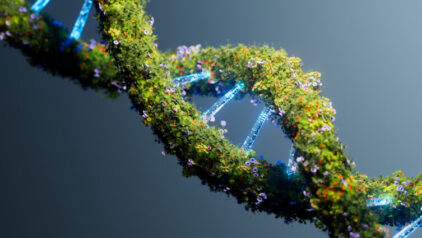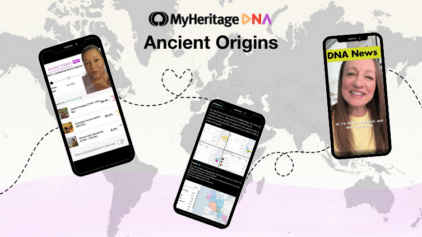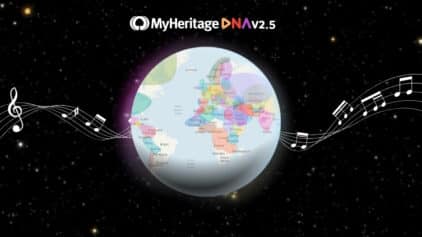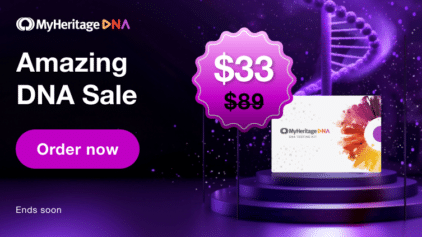

As fulfilling as it can be to put your family tree together, it can, on occasion, be a slow and frustrating process. Why? Well, names change, and records often go missing, and that can leave you with a whole empty branch to deal with.
Fortunately, when traditional genealogy research (using censuses, birth certificates, marriage records, and more) draws a blank, there’s another option that offers hope: DNA testing. When combined with traditional research, it can give you a fuller, more accurate picture of your family’s past.
Using DNA Testing as a Roadmap
Rather than being a replacement for traditional genealogy, it actually adds a new dimension to it. When you take a DNA test, you get a breakdown of your ethnicity, as well as a list of potential genetic matches. We’re talking about real clues for your family tree – not just distant cousins you’ve never met.
Let’s say you’ve hit a brick wall tracing your great-grandmother’s side. You could find that a DNA match reveals a second cousin from the same line, which might give you access to new information, old family photos, or even stories that aren’t recorded in any official documents.
DNA doesn’t always hand you the answer outright, of course, but it can often point you in the right direction, giving you new clues that traditional research can’t.
Using DNA to Confirm or Question Paper Trails
One of the biggest challenges you’ll face in genealogy is verifying that the John Smith you found in a census is the right John Smith. DNA testing can help confirm those links. Also, if you suspect a certain family branch is right but don’t yet have airtight documentary proof, a DNA match can strengthen your case.
On the flip side, DNA testing can also reveal mistakes in your tree that you might not spot through records alone. Sometimes, a missing biological parent or a misattributed ancestor only becomes clear when the DNA results don’t line up with what the paper trail suggests.
Best Practices for Combining DNA and Traditional Research
If you want to make the most of DNA testing alongside your traditional genealogy efforts, you should start by keeping detailed notes on your matches. Look at shared surnames, geographic locations, and common ancestors and then build out small family trees for matches you don’t immediately recognize. These “mirror trees” can be great for working out how you’re connected.
It’s also important to keep going back to your records. DNA might suggest a link, but it’s the census records, birth certificates, and marriage indexes that help you prove it. Think of DNA as the tip of the iceberg, with traditional records still forming the foundation of your family history research.
Helping You Piece Together Your True Family Story
Combining DNA testing with traditional research gives you the best of both worlds – scientific evidence and documentary proof, both working hand in hand. Together, they can help you find hidden branches, family links, and build a family tree that’s richer, stronger, and more accurate.
With one of the largest and fastest-growing DNA databases, MyHeritage makes it easier than ever to connect with biological relatives and cross-reference records. Our smart tools help you fit the pieces together, uncover new connections, and build the clearest, truest picture of your heritage yet.
Start your journey today, and you never know where your family’s story might take you.










